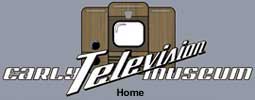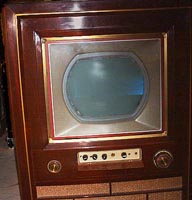THE SETinfo exchange3-11-2000
Hi Alan, Regards, Pete In case you didn't see it, I want to draw your attention to a new listing which appeared on eBay today. (www.eBay.com) Item 300041030, 6BD4 tubes (54 of them), opening bid $56.00, no bids as of this evening. The auction ends on April 8th.
|


